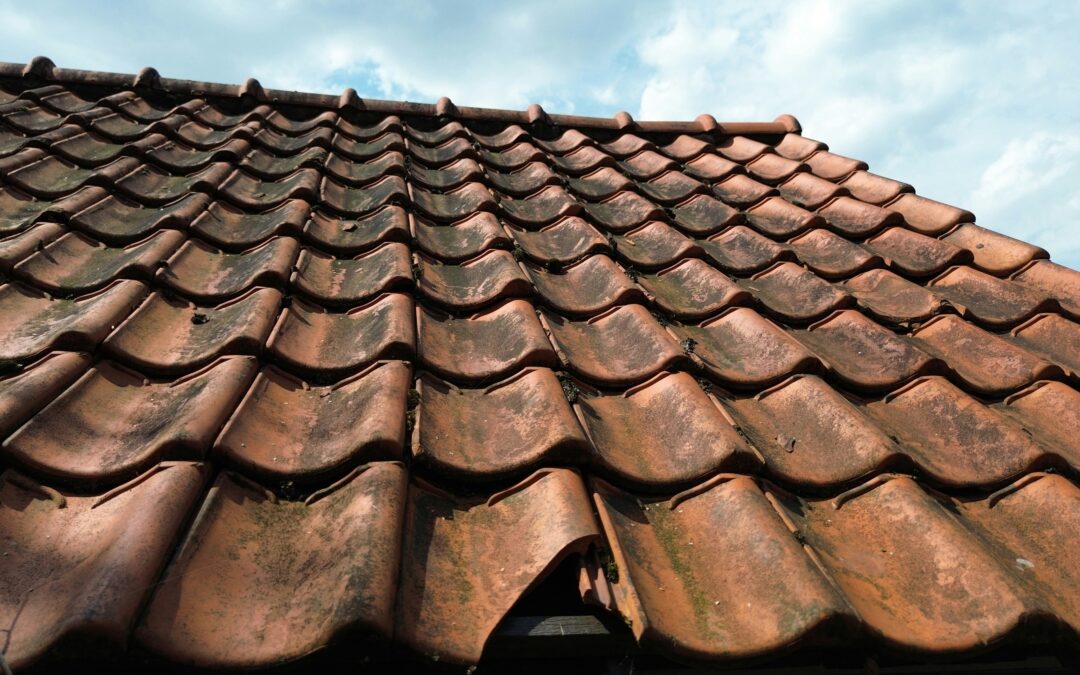How to Spot Signs of Roof Damage After an Arizona Dust Storm
Arizona’s desert climate, with its scorching heat and infamous dust storms, can be quite unforgiving to your home—especially your roof. These dust storms, or “haboobs,” can carry high winds, sand, and debris, leading to potential damage that may not always be immediately obvious. Spotting the signs of roof damage early can prevent costly repairs down the line and help ensure your home remains protected. Here’s a detailed guide on what to look for after a dust storm sweeps through your Arizona neighborhood.
Check for Loose or Missing Shingles
Dust storms often come with powerful winds that can easily dislodge or loosen shingles. As a first step, visually inspect your roof from the ground. Look for:
– Bare patches where shingles are missing
– Misaligned or curled shingles that may have been pushed up by the wind
– Shingles scattered around your yard or driveway, which is a clear indication they’ve been torn off.
If any shingles are loose or missing, it’s crucial to replace them promptly to avoid water damage when the next monsoon rolls in.

Inspect for Granule Loss
Most modern roofs use asphalt shingles, which are covered in granules to protect them from the sun’s UV rays. After a dust storm, these granules can be stripped away by high-speed winds and sandblasting debris.
– Examine your gutters and downspouts for an accumulation of granules. It’s normal for some granules to wash off, but if you notice a significant increase in your gutters or on the ground below, it could indicate more serious roof wear.
– Inspect the surface of the shingles to see if they appear bald or if their texture has become rough and uneven.
Granule loss can reduce your roof’s UV resistance, making it more susceptible to cracking, drying out, or premature aging under Arizona’s intense sun.
Check for Wind Damage
Wind can be a major culprit in roof damage, especially during the intense gusts that accompany Arizona dust storms. Some things to watch for include:
– Lifting shingles: Wind can cause shingles to lift at the edges, even if they appear intact. If left unrepaired, this lifting allows water to seep underneath during the next rain.
– Damage to flashing: Roof flashing (the metal pieces around chimneys, vents, and skylights) can become bent, torn, or dislodged by high winds, leaving these vulnerable points exposed to water.
If you’re comfortable using a ladder, a closer inspection can help you identify these subtle forms of damage.
Look for Structural Damage from Debris
Dust storms often carry more than just dust—they can hurl debris like tree branches, broken tiles, and other objects. This debris can land on your roof and cause significant damage. After a dust storm:
– Walk around your home and check for large pieces of debris on or around your roof. A broken limb or other heavy object can crack tiles, puncture the roof deck, or create dents.
– Look for dents, cracks, or holes in any visible parts of the roof.
If you find signs of debris damage, it’s best to have a professional inspect your roof for hidden structural problems that may have compromised its integrity.
Assess Your Attic for Leaks or Water Damage
Even in the arid Arizona climate, moisture can still seep through a compromised roof. Dust storms sometimes carry rain or cause condensation buildup inside your attic. After a storm, do the following:
– Inspect your attic for damp insulation, water stains on the ceiling or walls, and any musty smells that suggest mold or mildew.
– Check for sunlight shining through the roof—this can be an indication of a hole or severe structural damage.
Any sign of water damage should be addressed immediately to prevent further problems like mold growth or wood rot.

Examine Skylights and Vents
Skylights and roof vents are vulnerable points during a dust storm. The high winds can loosen their seals or break the glass. Ensure you:
– Check the seals around the skylights for cracks or breaks, which can allow dust and moisture inside.
– Inspect the glass for cracks or chips caused by flying debris.
– For roof vents, ensure that they are still securely fastened and functioning properly.
Evaluate Your Roof’s Overall Condition
If your roof is older, it may not hold up as well against Arizona’s frequent dust storms. Take this opportunity to assess the overall condition of your roof:
– Consider the age of your roof. If it’s nearing the end of its lifespan, even minor dust storm damage can accelerate its decline.
– Look for sagging or uneven sections. These could indicate underlying structural issues that need immediate attention.
Hire a Professional Inspection
Not all roof damage is visible to the untrained eye. If you’re unsure about the condition of your roof after a dust storm, it’s always a good idea to hire a professional roofing contractor. They can provide a thorough inspection, identify hidden problems, and recommend appropriate repairs. Arizona’s unique climate makes it crucial to have a roofing expert familiar with the specific challenges of dust storm damage.

Inspect Gutters and Downspouts for Clogs and Damage
Dust storms can fill your gutters and downspouts with sand, dirt, and debris, which can lead to blockages and damage over time. It’s important to ensure your roof’s drainage system remains clear and functional to prevent water buildup or roof leaks during future storms.
– Check for clogs: Dust and debris can accumulate in your gutters, preventing proper water flow. Clear out any buildup to avoid water backing up onto the roof.
– Look for sagging or broken sections: High winds and debris can cause gutters to pull away from the roofline, bend, or break entirely. Damaged gutters can lead to water spilling over and eroding your home’s foundation.
A properly maintained gutter system ensures that water is efficiently diverted away from your home, protecting both your roof and your property.
Arizona dust storms are a force of nature, and your roof is often the first line of defense against their harsh impact. After each storm, make it a habit to inspect your roof for signs of damage like missing shingles, granule loss, structural damage from debris, or water intrusion. Acting quickly can save you from costly repairs and extend the life of your roof in the long run. Remember, if you’re ever unsure about the condition of your roof, a professional inspection is always worth the peace of mind.


Recent Comments